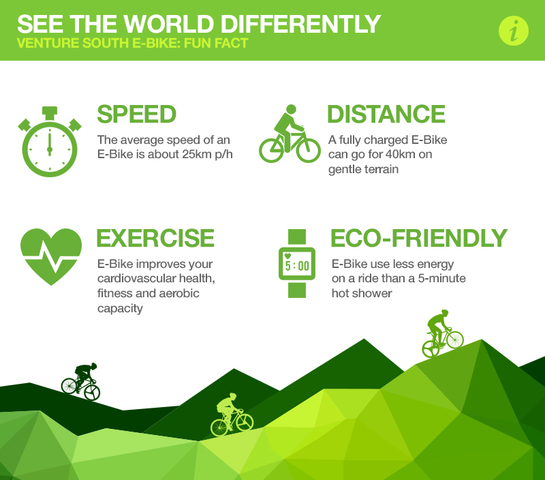Discover The Legal Guidelines In Your Location To Promote Safe And Accountable E-Bike Riding
Discover The Legal Guidelines In Your Location To Promote Safe And Accountable E-Bike Riding
Blog Article
Short Article Written By-Lynch Thompson
Before you hop on your e-bike and hit the streets, it's essential to comprehend the regulations and policies that govern your city. From rate limits to assigned riding areas, there's a whole lot to consider to ensure you're compliant and secure. By familiarizing yourself with the rules certain to e-bikes, you'll be much better outfitted to appreciate your adventures without any unanticipated lawful issues. Keep tuned to discover key understandings that will help you browse the e-bike landscape in your city perfectly.
Recognizing E-Bike Classification
When it involves browsing the realm of e-bike laws and regulations, an important starting factor is understanding the classification system that classifies these electric bicycles. E-bikes are commonly identified into 3 major classifications: Class 1, Course 2, and Class 3.
you could check here -bikes are pedal-assist just, indicating they supply help while the rider is pedaling and have a maximum speed of 20 mph. These bikes are admitted areas where typical bicycles are allowed.
Course 2 e-bikes are equipped with a throttle that can propel the bike without pedaling. They also have a maximum speed of 20 mph and are suitable for bikers who might require support without pedaling continually.
Class 3 e-bikes are similar to Course 1 but with a higher maximum speed of 28 mph. These bikes are frequently limited from certain bike paths or routes as a result of their higher speeds.
Recognizing these categories is crucial for following neighborhood guidelines and ensuring a safe and pleasurable e-biking experience.
Navigating Speed Restrictions and Constraints
To effectively browse e-bike laws and guidelines, it's important to recognize the rate limitations and constraints that apply to different classes of electrical bicycles.
Speed restrictions for e-bikes vary relying on the category of the bike. elecrtic bike -bikes, which are pedal-assist only and have a maximum speed of 20 mph, are generally permitted on bike lanes and paths.
Course 2 e-bikes, which have a throttle along with pedal-assist and likewise reach speeds of as much as 20 mph, might be limited in certain areas where motorized vehicles aren't permitted.
Class 3 e-bikes, with pedal-assist up to 28 mph, are typically needed to adhere to the very same regulations as standard bikes.
It's important to stick to these rate restrictions and restrictions to guarantee your security and the security of others on the road. Prior to riding your e-bike, familiarize yourself with the specific policies in your city to avoid any kind of potential fines or legal concerns.
Where to Ride Your E-Bike
To identify where you can ride your e-bike, it's vital to know the regulations and guidelines specific to your place. In a lot of locations, e-bikes are typically permitted on roadways and streets where traditional bicycles are allowed. This may include bike lanes, bike courses, and shared streets. However, it's essential to examine local laws as some cities might have particular constraints on where e-bikes can be ridden.
When riding your e-bike, constantly focus on security by adhering to website traffic rules and appreciating pedestrian walkways. Additionally, bear in mind any designated bike lanes or courses in your area and utilize them whenever feasible to guarantee a smoother and more secure adventure.
Some cities additionally have laws concerning e-bike usage on walkways, so see to it to familiarize on your own with these policies to prevent any kind of penalties or charges.
Conclusion
Since you know with the laws and laws surrounding e-bikes in your city, you can confidently hit the trail understanding where you can ride and what restrictions apply to your e-bike classification. Remember to constantly prioritize safety and adhere to the policies to ensure a smooth and lawful ride. Pleased riding!
